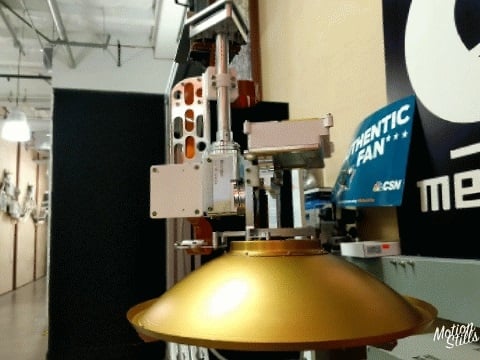Loon achieved a milestone last month by successfully establishing a network in the stratosphere that spanned 1,000 kilometers across seven balloons.
According to Loon, data was sent from the ground in Nevada through the balloon network and back in what’s been described as a series of backhaul connections. It’s another step closer to Loon’s goal of building a network in the sky that eliminates the need to spend a lot of time, money and effort—including getting all the zoning permits—building new infrastructure on the ground.
As described by Loon Head of Engineering Salvatore Candido in a blog post, engineers are actually setting up a system where the backhaul connection jumps from one balloon to the next, forming point-to-point links in the sky to transmit data between balloons.
Because the distance between balloons is so large, the hardware and algorithms that point the links much be both highly accurate and precise. The situation is complicated by the fact the balloons are constantly moving with the shifts in wind currents in the stratosphere.
Of course, engineers have experimented with a number of things, but they hit upon something last month that made them take note: Rather than making 100 kilometer-connection between balloons, they stretched the connection across seven balloons and went 10 times farther.
The connection originated from the ground at Loon’s launch site in Nevada, where packets of data were transmitted to a balloon 20 kilometers overhead. That data traveled nearly 1,000 kilometers along a network of six additional balloons, going from the desert to mountains and back again.

“A few weeks later, we achieved successfully sending data over 600km between two balloons — our longest point-to-point link to date,” Candido wrote. “These connections were made using custom-built antennas mounted to the bottom of our communications payload. Their accuracy is equivalent to throwing a ball 100 meters and landing it in a wastebasket. In this case, however, the wastebasket was in constant motion in the stratosphere.”
Loon figures it can cover a lot more people by passing connections across its network of balloons; each balloon is capable of passing the connection to other balloons while simultaneously using it to connect users on the ground. Instead of one balloon using one ground-based connection point to serve users, it can use the same terrestrial access point to activate a network of multiple balloons, all of which can connect the people below.
“In this way, we create a web of connectivity to serve users without having to build lots of new infrastructure on the ground, which is a significant obstacle to bringing traditional access to unconnected and under-connected communities around the world,” he said.
RELATED: Loon files to test balloons over Winnemucca using LTE bands 20, 28
Loon originated within Google in 2011 but graduated to independent status within Alphabet this past summer.
Loon is preparing to launch commercial service starting in 2019 by working with mobile network operators around the world. In July, the company announced its first engagement in Africa with Telkom Kenya. Plans call for providing balloon-powered internet service to regions of central Kenya starting next year.